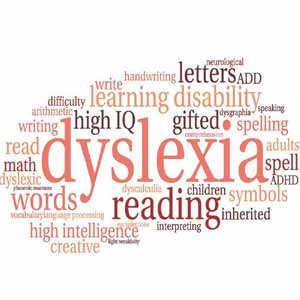The warning signs of dyslexia

Obstacles are bound to challenge students at some point in their academic careers. Students can sometimes overcome obstacles by recommitting themselves to their studies, while others, including dyslexia, require help from parents and educators.
According to LD Online, an online resource that seeks to help children and adults with up-to-date information about learning disabilities and ADHD, as many as 43.5 million Americans from all economic and ethnic backgrounds have dyslexia. Dyslexia is also prevalent in Canada, where the learning disability resource The Reading Clinic estimates as much as 20 percent of the population has dyslexia.
Learning disabilities can be challenging at any time, but they may be especially so when in-person access to educators and academic resources is limited or unavailable. Such was the case for many students during the COVID-19 outbreak in 2020, when schools abruptly switched from in-person learning to remote learning in an effort to curb the spread of the potentially deadly virus.
During the pandemic, millions of parents of schoolaged children found themselves taking on the role of educators. That can be challenging for any parent, but especially so for parents of children with undiagnosed learning disabilities. Dyslexia is a complex learning disability, but one that may produce noticeable symptoms, which can vary depending on a child’s age.
What is dyslexia?
The Reading Clinic notes that dyslexia is a specific learning disability that is neurological in origin and characterized by difficulties with accurate and/or fluent word recognition.
What are some warning signs for dyslexia?
LD Online notes that it’s a myth that people with dyslexia read backwards. Students may have difficulty remembering letter symbols for sounds or forming memories for words, but they do not read backwards. In addition, LD Online notes that individuals with dyslexia may experience difficulty with:
• Learning to speak
• Learning letters and their sounds
• Organizing written and spoken language
• Memorizing number facts
• Reading quickly enough to comprehend
• Persisting with and comprehending longer reading assignments
• Spelling
• Learning a foreign language
• Correctly doing math operations
Parents, especially those homeschooling their children during the COVID-19 outbreak, who notice any of these symptoms should report them to their children’s teachers immediately.
Dyslexia is more common than many people may think. While dyslexia is a lifelong condition, LD Online notes that, with treatment, many people learn to read and write well. More information about dyslexia is available at www.ldonline.org and www. thereadingclinic.ca.

